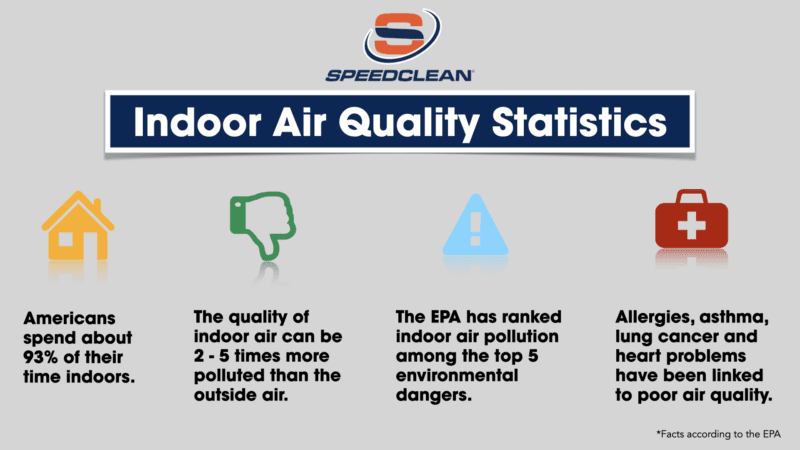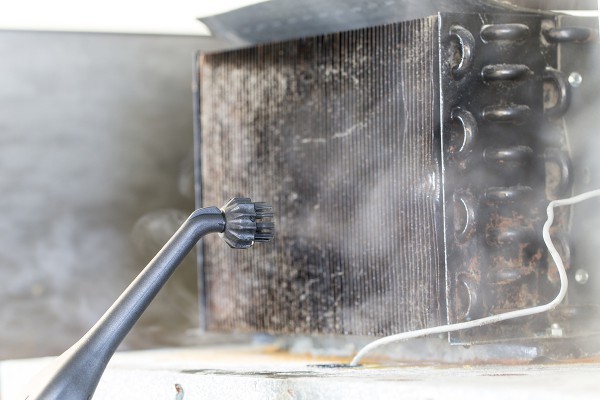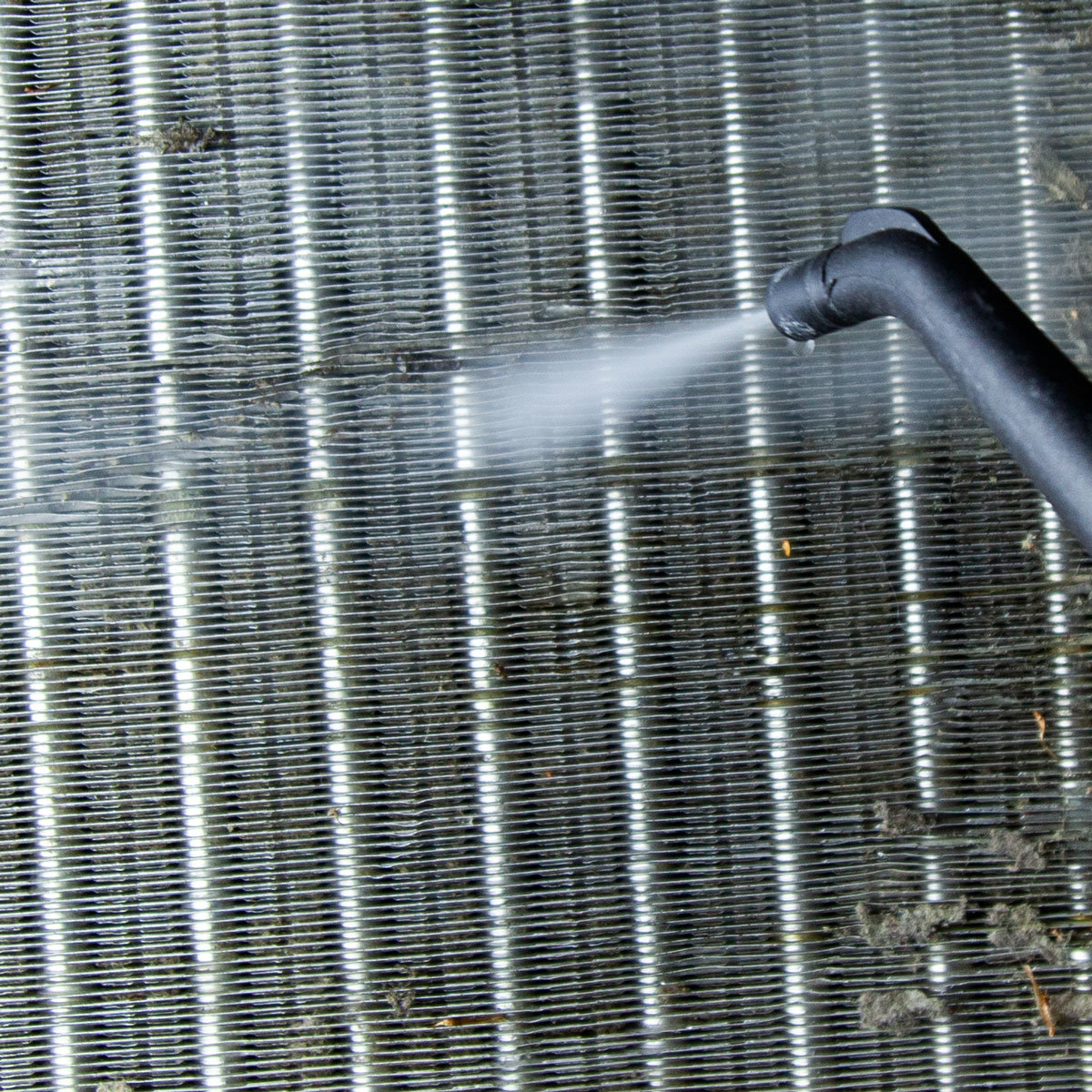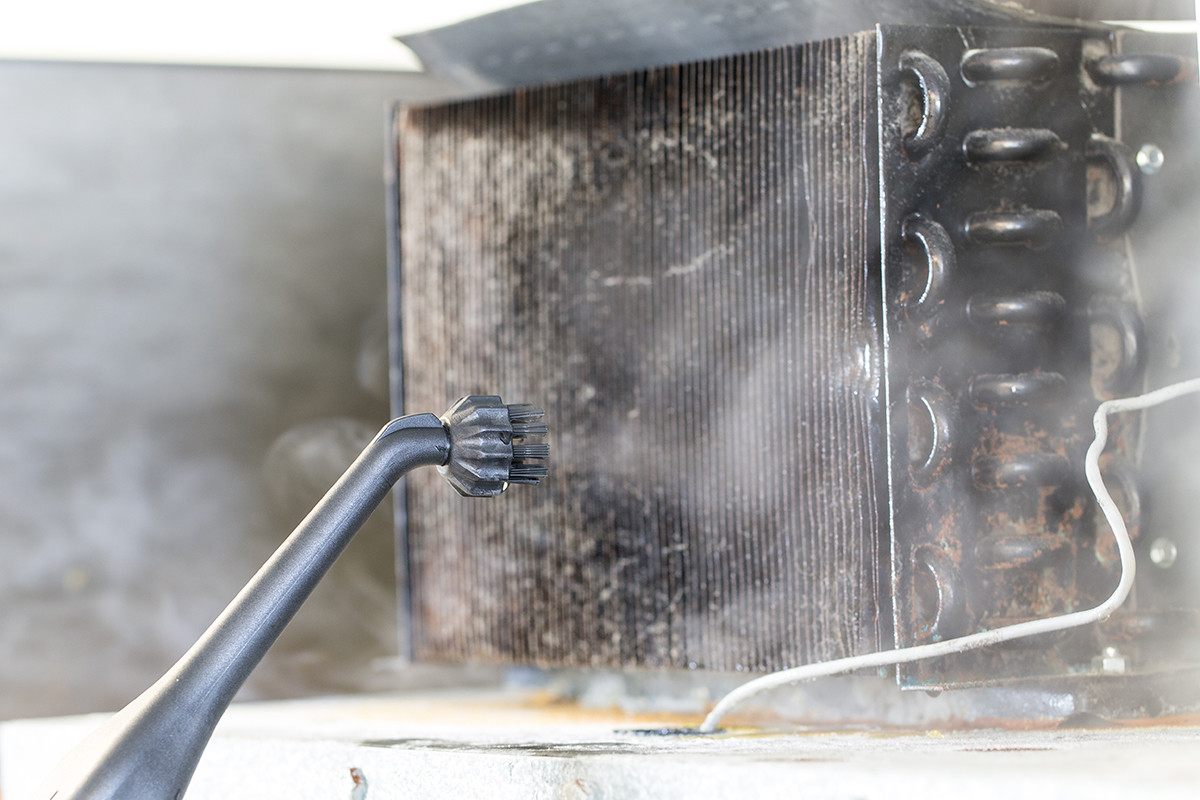
Indoor Air Quality (IAQ) is a key factor in indoor environmental health. According to the Environmental Protection Agency (EPA), the average American spends 93% of their life indoors. With that much time indoors people are susceptible to the effects of indoor air pollution. This is a wide definition that can run from airborne dust and allergens to bacterial problems, to VOC’s or chemicals in the air. Groups that typically are most in danger of poor IAQ are the young, the elderly, and the chronically ill suffering from respiratory or heart disease, but with that much stuff in the air, are any of us safe?
To improve indoor air, ventilation systems are set up to avert illness by eliminating airborne microbial contaminants. When there are inadequate ventilation and exposure to contaminant sources in a building, the health and quality indoor air quality (IAQ) is compromised.
Epidemiological studies have shown that buildings previously occupied by individuals infected or colonized with MRSA, VRE, or Acinetobacter baumannii are at significant risk of acquiring these organisms from already contaminated environmental sites. (Dancer et al. 2006, Boyce et al. 1997, Huang et al. 2006, Denton et al. 2005). Much of this risk is associated with coming in contact with viruses on surfaces, but further studies are underway.
Building factors or pollution in buildings that are most frequently associated with respiratory health effects include:
- Presence of moisture, water damage, and microbiological pollutants.
- Animal and other biological allergens
- Combustion byproducts such as nitrogen dioxide.
- Moisture or dirt in HVAC systems.
- Low ventilation rates.
- Formaldehyde.
- Chemicals in cleaning products.
- Outdoor pollutants or vehicle exhaust.
As a service provider, make sure that you are reviewing these factors with your customers, especially those in high-risk categories. Essential maintenance services can help keep systems operating at high-efficiency rates and improve IAQ through consistent monitoring. However, more may be needed, including specialized filtering, further dehumidification, and more.
IAQ At Home
According to OSHA, when you have poor indoor air quality inside your home it can cause headaches, fatigue, concentration problems, skin rashes, and eye, nose, throat, lung irritation, and chronic health problems such as asthma. EPA states that your indoor air is likely 2 to 5 times more polluted than the air outside. To keep the indoor air quality in a home in top shape is it important to control the home’s humidity. The EPA recommends a range of 30-50% humidity in your space. Things such as fans and or a dehumidifier can help reduce humidity. Bacteria and possibly viruses thrive and circulate through poorly maintained building ventilation systems. Damp, humid air may increase the survival rate of viruses indoors. While keeping humidity down helps slow the process of mold, proper ventilation helps keep the air floor uncontaminated. Using a system with filters can help remove biological contaminants. When air is stagnant air disease is more likely to spread. If a home has an occupant that is in high risk it an investment in a germicidal UV light can be worth every dollar. Germicidal UV lights can kill mold and bacteria, and reduce your exposure to cold and flu viruses throughout your home.

IAQ At The Office
IAQ is not specific to just your home. The place we spend our days most inside is at work. Office building causes a problem to environmental health because of the amount of people inside for a long period of time. To keep the buildings IAQ in top shape it is important to perform ventilation inspections and tests. Research has shown that better indoor air quality is linked to better work performance. In a study from Harvard and Syracuse Universities focused on indoor air quality results showed that in the green condition environment employees performed 61% better on cognitive tasks than in the standard office conditions. In addition, by doubling the ventilation in the green condition environment, cognitive performance increased by more than 100%.
With all the uncertainty of the current climate it is important to take care of the things you can control, like your indoor air quality. Clean, maintained HVAC systems will help prevent the spread of many environmental health issues. To keep HVAC Systems healthy regular maintenced coil cleaning is essential. With SpeedClean tools such as the CoilShot®, CoilJet®, FlowJet®, and Dry steam Coil and Surface Cleaner dirty coils don’t stand a chance. A good place to start to achieve a healthy environment at work and home is ASHRAE article on Good IAQ Practices.






Leave A Comment